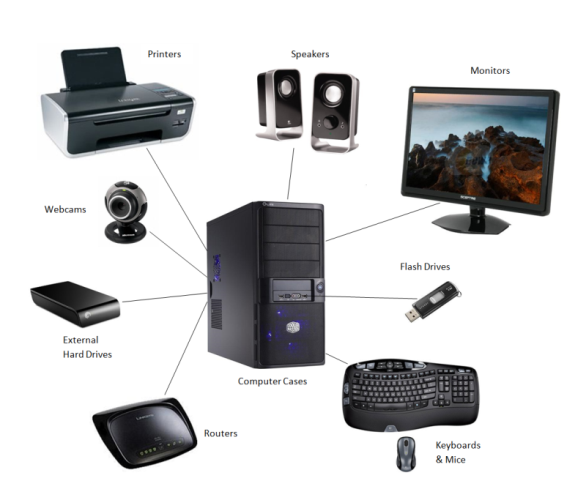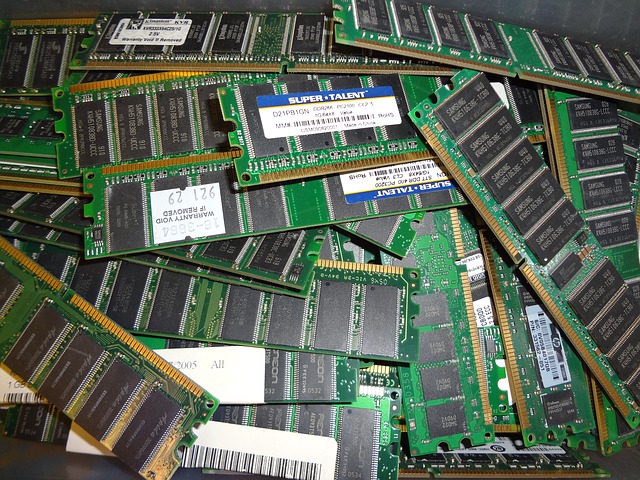Classification of computers| part of computer
Depending on the work, The computers are divided into different parts. Computer Speed, Accuracy, Concentration is very useful due to the characteristics of storing data and flexibility. Work can be calculated and done with the sharp speed of a computer. The computer can work without any mistake calculation.
The computer is built in a variety of ways on the basis of size.
Classification on working System
- Digital Computer: Data in a digital computer is defined as an electronic pulse. Whose knit is denoted (0 or 1). A good example of this is the Digital Clock. Their speed is intense and it can make millions of grunts per second. Binary (binary system) is used in modern digital computers.
- Analog computer: The instrument is used in the Analog computer. Its speed is slow. Examples of Analog computers such as voltmeter and barometer etc. An Analog computer has data transmission in a straight line called Analog transmission information about temperature, mercury, pressure, and other physical phenomena occur in the Analog computer.
- Hybrid Computer: Hybrid Computer This is a mixed form of digital computers and analog computers. These are input and output in analog form, but the processing is in digital form. These are an analog-to-digital converter (ADC) and digital to analog converter (DAC).


Type of computer on Classification of size
- Mainframe Computer: Mainframe computer machines are characterized by the large internal memory gathering and software and peripheral devices have to be connected in a big way. Its ability to work and speed is very intense. More than one people can work differently on these systems. For this multitasking operating system is done in the Bell Lab. It is used in backing, research, defense, internal etc. Examples -IBM-370, IBM-S / 390 and UNIVAC-1110 etc.
- Mini Computer: In the minicomputer size, the mainframe is much smaller than the computer. Its data speed and speed is high. Many people can do this together (Multi-User). Using the 80386 Super Chip, the super minicomputer turns into it.
It is used by the company, passenger reservation, research etc. Example -AS400, BULL HN-DPX2, HP 9 000, RISC 6000.
- Micro computer: Microcomputer uses a microprocessor as a processor. In this, the monitor is used to see the keyboard and output for input. It has a maximum circulation of 1 million operations per second. Use - In business, home entertainment, medical, etc. Examples - APPLE MAC, iMac IBM, PS / 2, IBM Compatible.
- Personal Computer: Personal computers are very small in size. This is the same form of a microcomputer. Only one user can work at this time. Its operating system can do many tasks simultaneously (multitasking). It can also connect to the internet. The first computer manufactured in India was Siddhartha. Packman was created for the famous computer game.
Upyog-in business forms, entertainment, the collection of eagles, etc. Example -IBM, Compaq, Lenovo, HP etc are done in the personal computer.
- Laptop: The laptop also works just like PC. But the size is smaller than the pc, and anything is worth carrying. CPU, monitor, keyboard, mouse and other drives are also included in this. The laptop also works from a battery. The Internet can also be used with the help of Wi-Fi and Bluetooth. Examples - laptops for IBM, Compaq, Apple, Lenovo etc.

- Palmtop: Palmtop is a very small computer in size, which is used by placing it on the palm. It can also be done in the form of the input sound. It is also called PDA.
- Super Computer: Pace Series Supercomputer DRDO (Defense Research and Development Organist) was developed by Hyderabad and Anupam series computer BARC (Bhabha Atomic Research Center). Example -CRAY-1.

If you like this post, you can comment in the comment box for the share and any question suggestions.
Feel free to ask any question related to your computer in the comment box.
If you like this post, you can comment in the comment box for the share and any question suggestions.
Feel free to ask any question related to your computer in the comment box.
















0 Comments